Laurence Tognetti, MSc
Laurence Tognetti is a six-year USAF Veteran with extensive journalism, science communication, and planetary science research experience for various outlets. He specializes in space and astronomy and is the author of “Outer Solar System Moons: Your Personal 3D Journey”. Follow him on X (Twitter) and Instagram @ET_Exists.
You can email Laurence for article inquiries or if you're interested in showcasing your research to a global audience.
Recent Articles
-
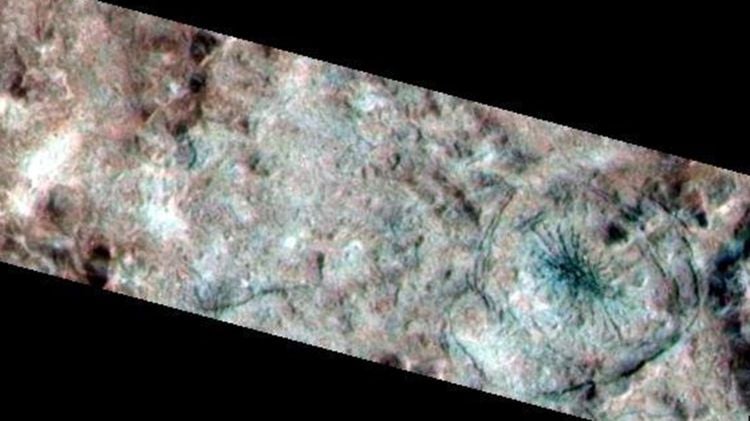
-
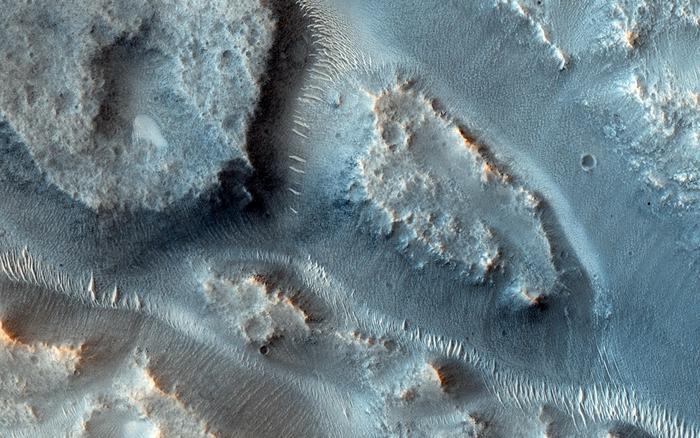
Long Ago, Mars Had Massive Watersheds — Now Finally Mapped
December 05, 2025What can mapped drainage systems on Mars teach scientists about the Red Planet’s watery past? This is what a recent study published in the Proceedings of the National Academy of Sciences hopes to address as a team of scientists from the University of Texas at Austin (UT Austin) conducted a first-time mapping study involving Martian river basins. This study has the potential to not only gain insight into ancient Mars and how much water existed there long ago but also develop new methods for mapping ancient river basins on Mars and potentially other worlds.
-
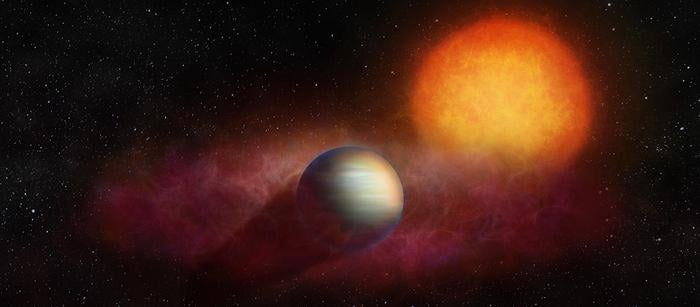
Helium Streams Observed on Super-Puff Exoplanet
December 04, 2025What can an exoplanet leaking helium teach astronomers about the formation and evolution of exoplanet atmospheres? This is what a recent study published in Nature Astronomy hopes to address as an international team of scientists investigated atmospheric escape on a puffy exoplanet. This study has the potential to help scientists better understand the formation and evolution of gas giant planets, specifically with many gas giant planets observed orbiting extremely close to their stars.
-
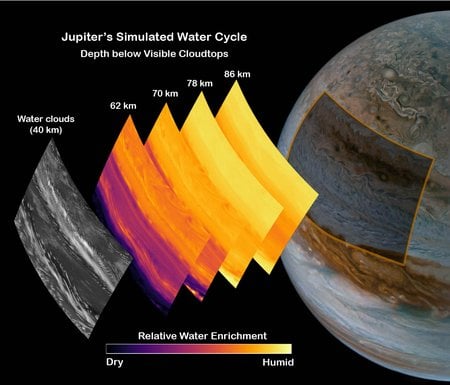
Jupiter’s Fast Rotation Creates Uneven Water Zones
December 01, 2025What can water in Jupiter’s atmosphere teach scientists about the planet’s composition? This is what a recent study published in the Proceedings of the National Academy of Sciences hopes to address as a team of scientists investigated the distribution of water with Jupiter’s atmosphere. This study has the potential to help scientists better understand Jupiter’s atmospheric dynamics, composition, and evolutionary history.
-
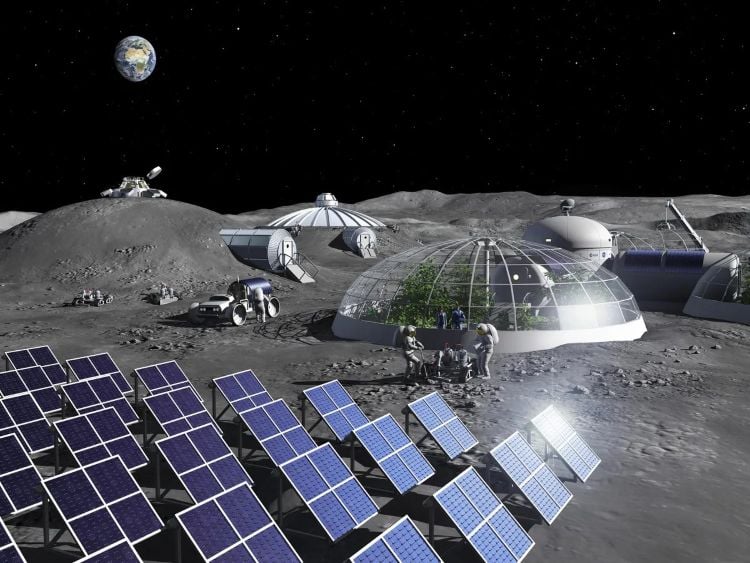
New Radiation-Proof Method Could Boost Space Solar Panels
November 30, 2025What steps can be taken to improve and enhance the lifetime of space solar cells? This is what a recent study published in Joule hopes to address as an international team of researchers investigated new methods for improving both the lifetime and performance of space solar cells from the harshness of space weather and radiation. This study has the potential to help scientists and engineers develop new space technologies, especially as several private companies and government organizations are extending their reach into space.
-
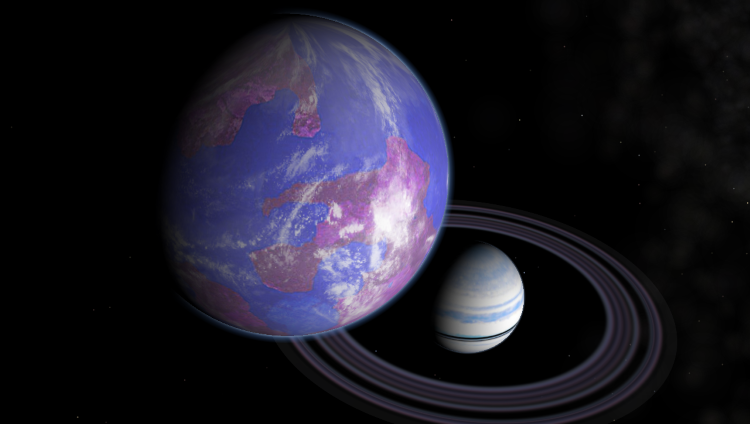
Tentative Exomoon Signal in HD 206893 B
November 30, 2025Have scientists finally confirmed the existence of the first exomoon? This is what a recent study accepted for publication in Astronomy & Astrophysics hopes to address as a large international team of researchers investigated new methods for identifying an exomoon orbiting a gas giant exoplanet. This study has the potential to help scientists develop new methods for finding exomoons, the latter of which has yet to be confirmed.
-
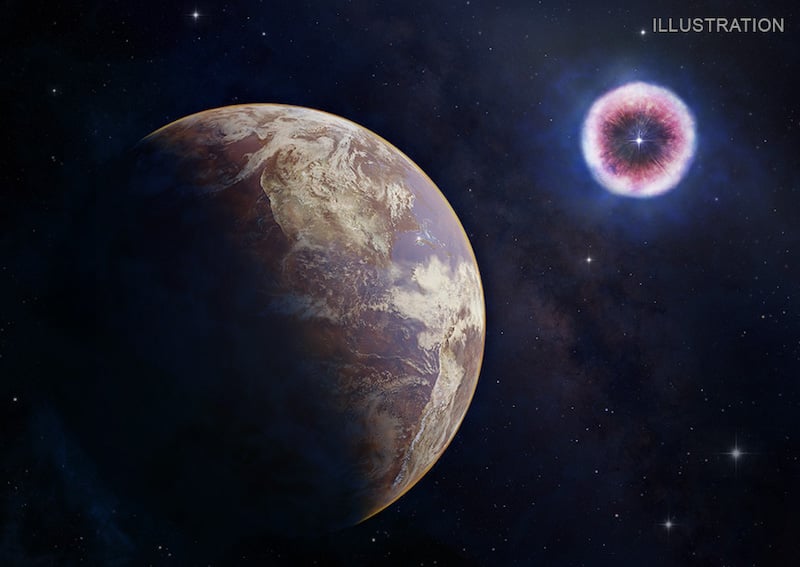
Gaia Constraints on a 10 Myr Nearby Supernova
November 29, 2025What can an ancient supernova teach scientists about Earth and celestial objects? This is what a recently submitted study to Astronomy & Astrophysics hopes to address as a team of scientists investigated the interaction of the remnants of supernova that occurred 10-million years ago with Earth. This study has the potential to help scientists better understand how Earth is influenced by celestial objects and what this could mean for the future of life on Earth, along with potentially habitable worlds beyond Earth.
-

New Model Explains Giant Planet Jet Streams
November 29, 2025What can equatorial jet streams on gas giant planets teach scientists about gas giant planetary formation and evolution? This is what a recent study published in Science Advances hopes to address as a team of scientists investigated the mechanisms of jet streams on gas giants (Jupiter and Saturn) and ice giants (Uranus and Neptune). This study has the potential to help scientists better understand not only the formation and evolution of giant planets in our solar system, but exoplanets, too.
-
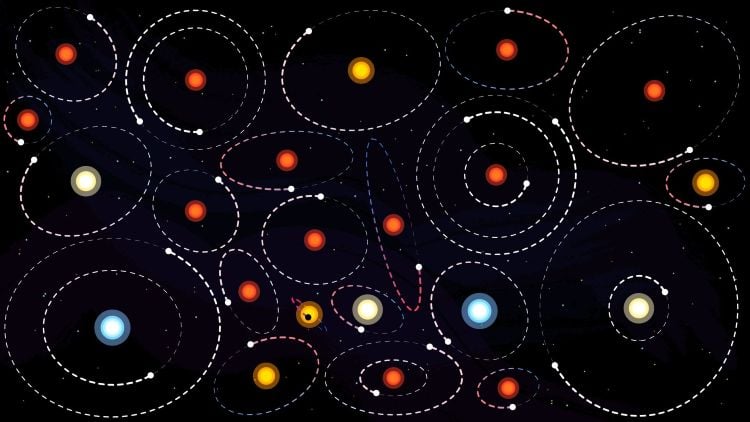
How Hidden Stars Shape Our Search for Technosignatures
November 29, 2025How can star populations help astronomers re-evaluate the search for intelligent extraterrestrial life, also called technosignatures? This is what a recently submitted study hopes to address as a team of scientists investigated the parameters of identifying locations of technosignatures, also called extraterrestrial transmitters. This study has the potential to help astronomers constrain the criteria for finding intelligent life in both our galaxy and throughout the universe.
-
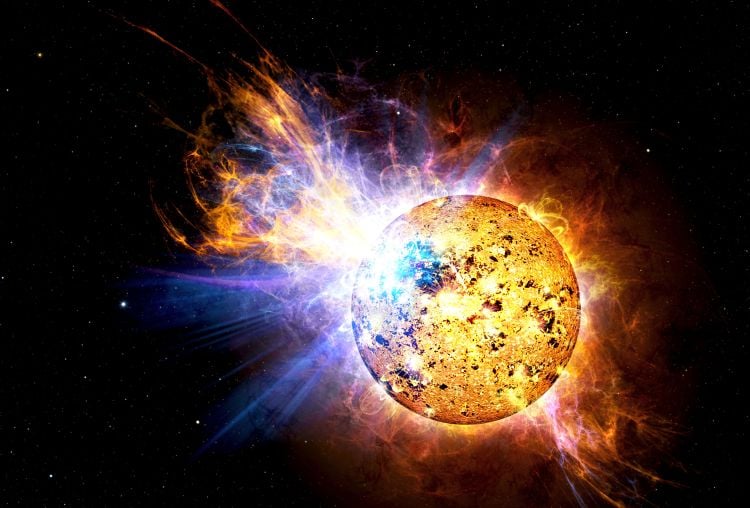
Water Retention on Earth-Like Planets Around Variable Stars
November 29, 2025What can star variability—changes in a star’s brightness over time—teach astronomers about exoplanet habitability? This is what a recent study accepted to The Astronomical Journal hopes to address as a team of scientists investigated the interaction between a star’s activity and exoplanetary atmospheres. This study has the potential to help astronomers better understand how star variability plays a role in finding habitable exoplanets, specifically around stars that are different from our Sun.
-
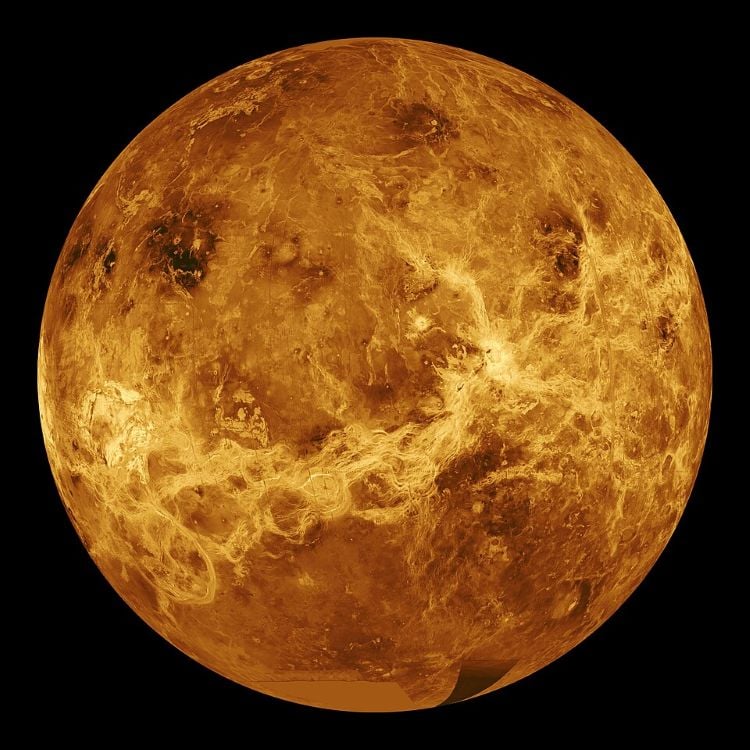
Modeling Venus Volcanic Plumes to Cloud-Level Heights
November 28, 2025What is the importance of studying explosive volcanism on Venus? This is what a recent study published in the Journal of Geophysical Research: Planets hopes to address as a team of scientists investigated the potential altitudes of explosive volcanism on Venus. This study has the potential to help scientists better understand the present volcanic activity on Venus, along with gaining insight about its formation and evolution and other planetary bodies throughout the solar system and beyond.
-

Early Hydrogen–Iron Reactions Key to Planetary Habitability
October 31, 2025How does water form on exoplanets and what could this mean for the search for life beyond Earth? This is what a recent study published in Nature hopes to address as an international team of scientists investigated the processes responsible for exoplanets producing liquid water. This study has the potential to help scientists better understand the conditions for finding life beyond Earth, and specifically which exoplanets could be viable future targets for astrobiology.
-

A Mundane Universe and the Rarity of Advanced Civilizations
October 31, 2025How could the principle of “radical mundanity” proposed by the Fermi paradox help explain why humans haven’t found evidence of extraterrestrial technological civilizations (ETCs)? This is what a recently submitted study hopes to address as a lone researcher investigated the prospect for finding ETCs based on this principle. This study has the potential to help scientists and the public better understand why we haven’t identified intelligent life beyond Earth and how we might narrow the search for it.
-
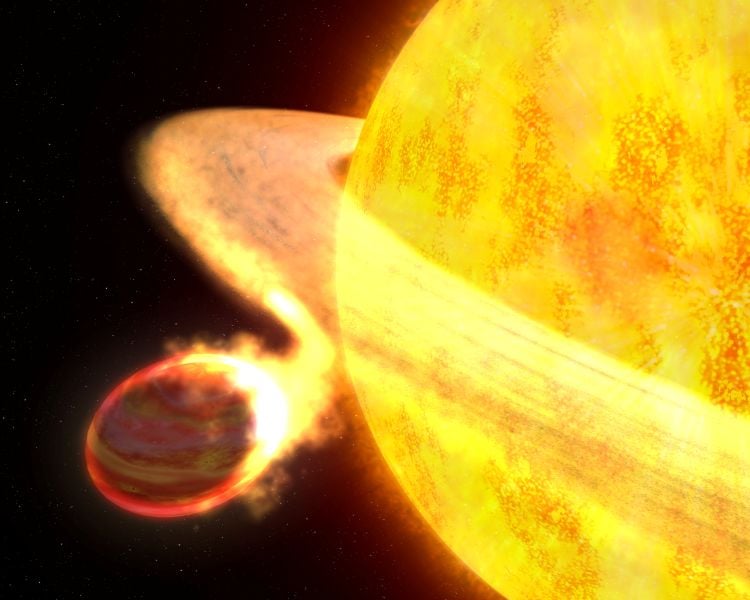
Surveying Atmospheric Escape from Gas Giants Orbiting F-Type Stars
October 30, 2025Why is it important to know about exoplanets having their atmospheres stripped while orbiting F-type stars? This is what a recent study submitted to The Astronomical Journal hopes to address as an international team of scientists conducted a first-time investigation into atmospheric escape on planets orbiting F-type stars, the latter of which are larger and hotter than our Sun. Atmospheric escape occurs on planets orbiting extremely close to their stars, resulting in the extreme temperature and radiation from the host star slowly stripping away the planet’s atmosphere.
-

Fate of Water-Rich Planets Around White Dwarfs
October 29, 2025Can water-rich exoplanets survive orbiting white dwarf stars, the latter of which are remnants of Sun-like stars? This is what a recent study accepted to The Astrophysical Journal hopes to address as a team of researchers investigated the likelihood of small, rocky worlds with close orbits to white dwarfs could harbor life. This study has the potential to help scientists better understand the conditions for finding life as we know it, or don’t know it, and where to find it.
-
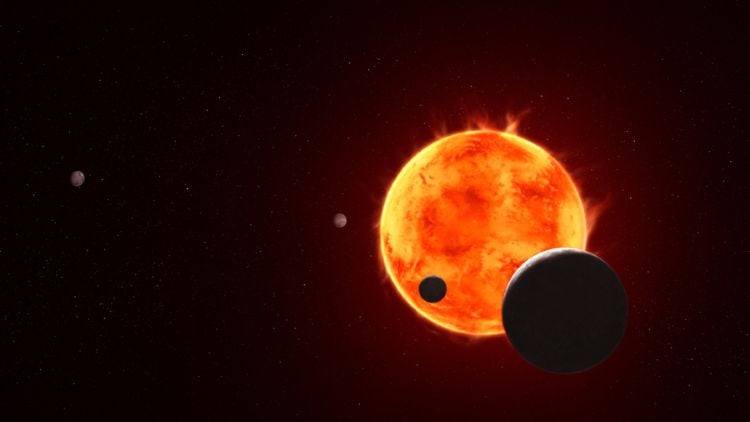
Spectral Biosignatures of Airborne Microbes in Planetary Atmospheres
October 28, 2025Could scientists find life in the clouds of exoplanet atmospheres? This is what a recently submitted manuscript hopes to address as a team of researchers investigated how the biosignatures of microbes could be identified in exoplanet atmospheres and clouds. This study has the potential to help scientists develop new methods for finding life on exoplanets, either as we know it or even as we don’t know it.
-
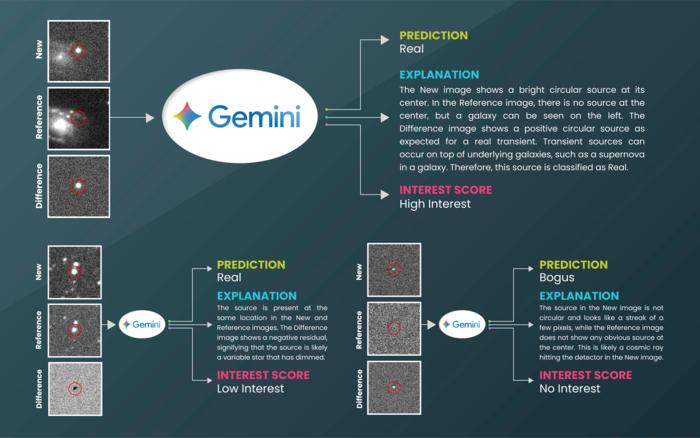
AI Learns to Identify Exploding Stars with Just 15 Examples
October 26, 2025How can artificial intelligence (AI) help astronomers identify celestial objects in the night sky? This is what a recent study published in Nature Astronomy hopes to address as an international team of researchers investigated the potential for using AI to conduct astrophysical surveys of celestial events, including black holes consuming stars or even exploding stars themselves. This study has the potential to help astronomers use AI to enhance the field by reducing time and resources that have traditionally been used to scan the night sky.
-

Signs of Late-Stage Cryovolcanism in Pluto’s Hayabusa Terra
October 19, 2025What can cryovolcanism on Pluto teach scientists about the dwarf planet’s current geological activity? This is what a recent study published in The Planetary Science Journal hopes to address as a team of researchers investigated potential cryovolcanic sites within specific regions on Pluto. This study has the potential to help scientists better understand the current geological activity, including how it can be active while orbiting so far from the Sun.
-

Longstanding “Ice Giant” Classification of Uranus and Neptune Might Be Conflicted
October 09, 2025What if our understanding of Uranus and Neptune’s compositions have been wrong, specifically regarding their classifications as “ice giants”? This is what a recent study accepted for publication in Astronomy & Astrophysics hopes to address as a team of researchers from the University of Zurich investigated the interior structures of Uranus and Neptune. This study has the potential to help scientists not only better understand the formation and evolution of Uranus and Neptune but could also provide key insights into Jupiter and Saturn, and gaseous exoplanets, too.
-
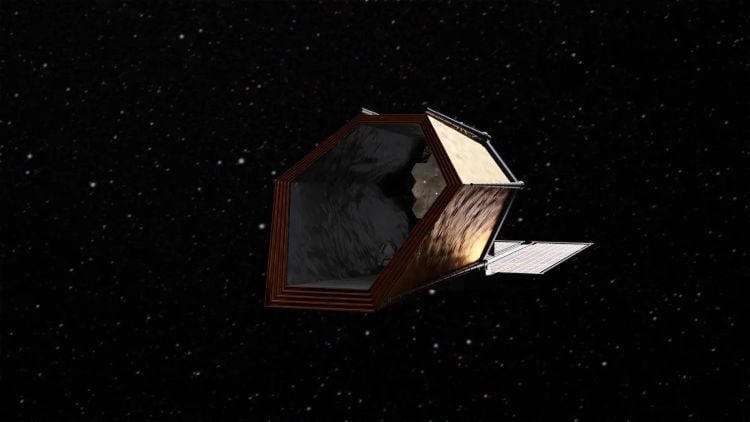
Simulating HWO’s Ability to Characterize Earth-Sized Exoplanets
September 30, 2025How will NASA’s upcoming Habitable Worlds Observatory (HWO) mission differentiate Earth-sized exoplanets from other exoplanets, specifically Earth-sized exoplanets within the habitable zone, also called exoEarths? This is what a recent study accepted for publication in The Astronomical Journal hopes to address as an international team of researchers investigated the potential future capabilities of HWO and what shortcomings need to be addressed for it to conduct groundbreaking science, specifically with discovering exoEarths.
 Universe Today
Universe Today